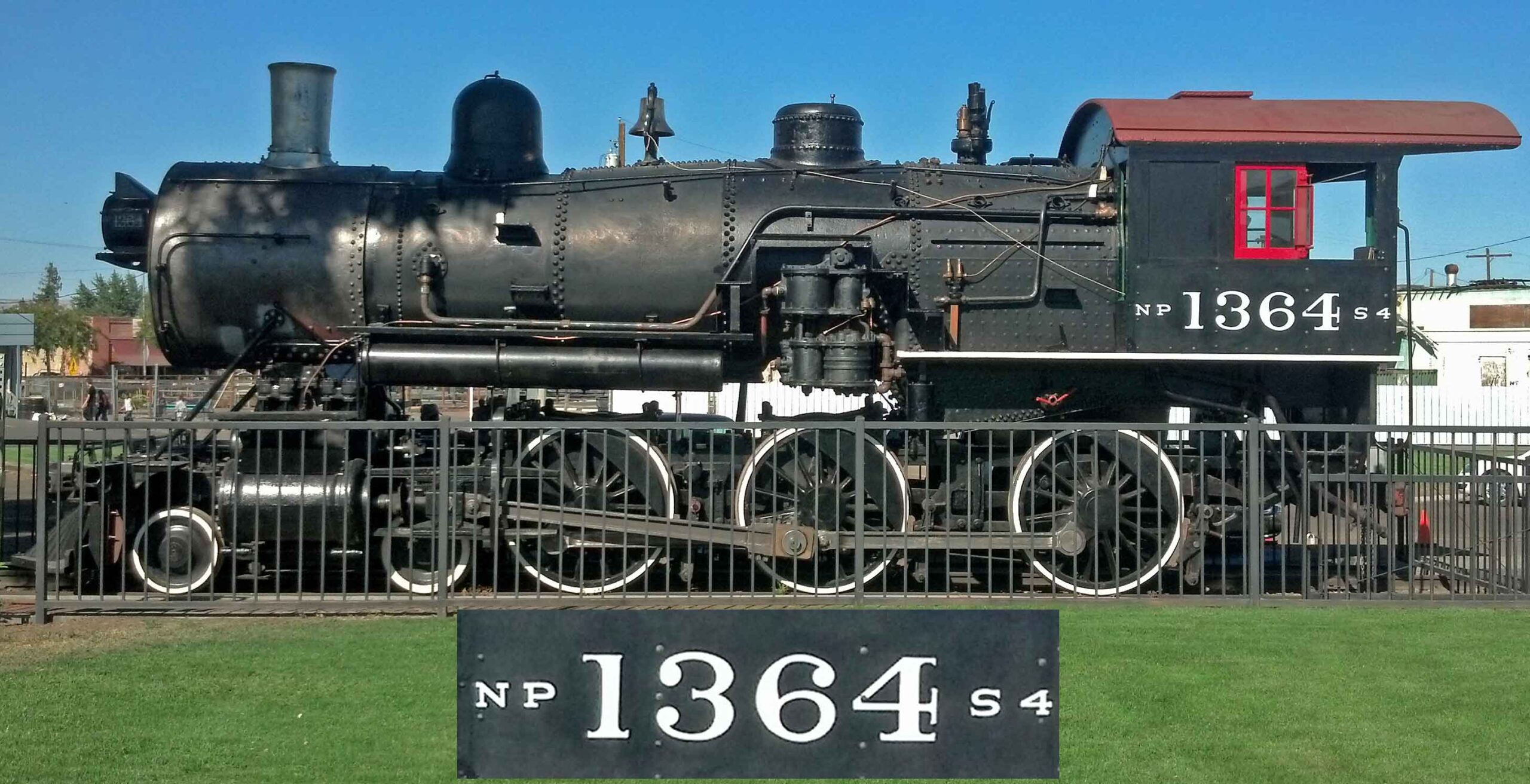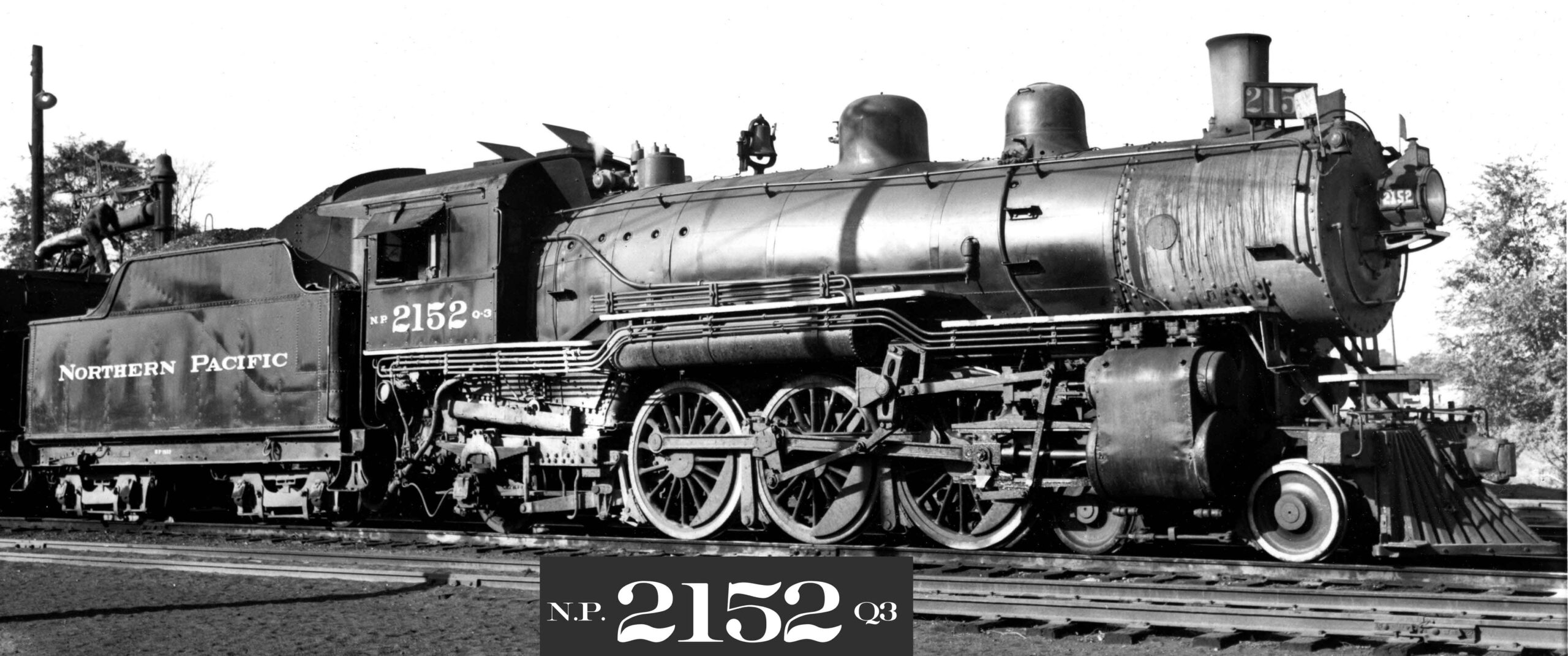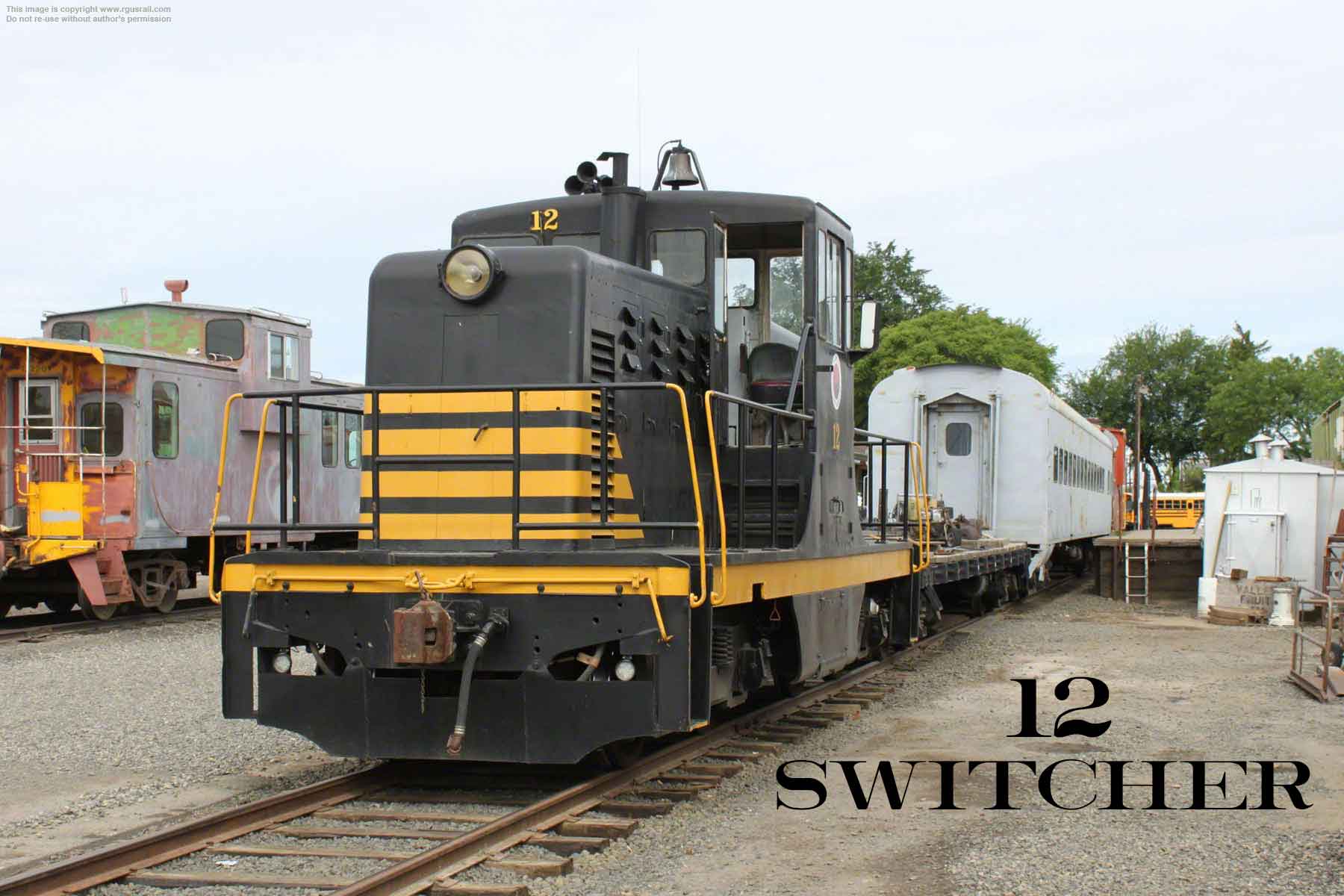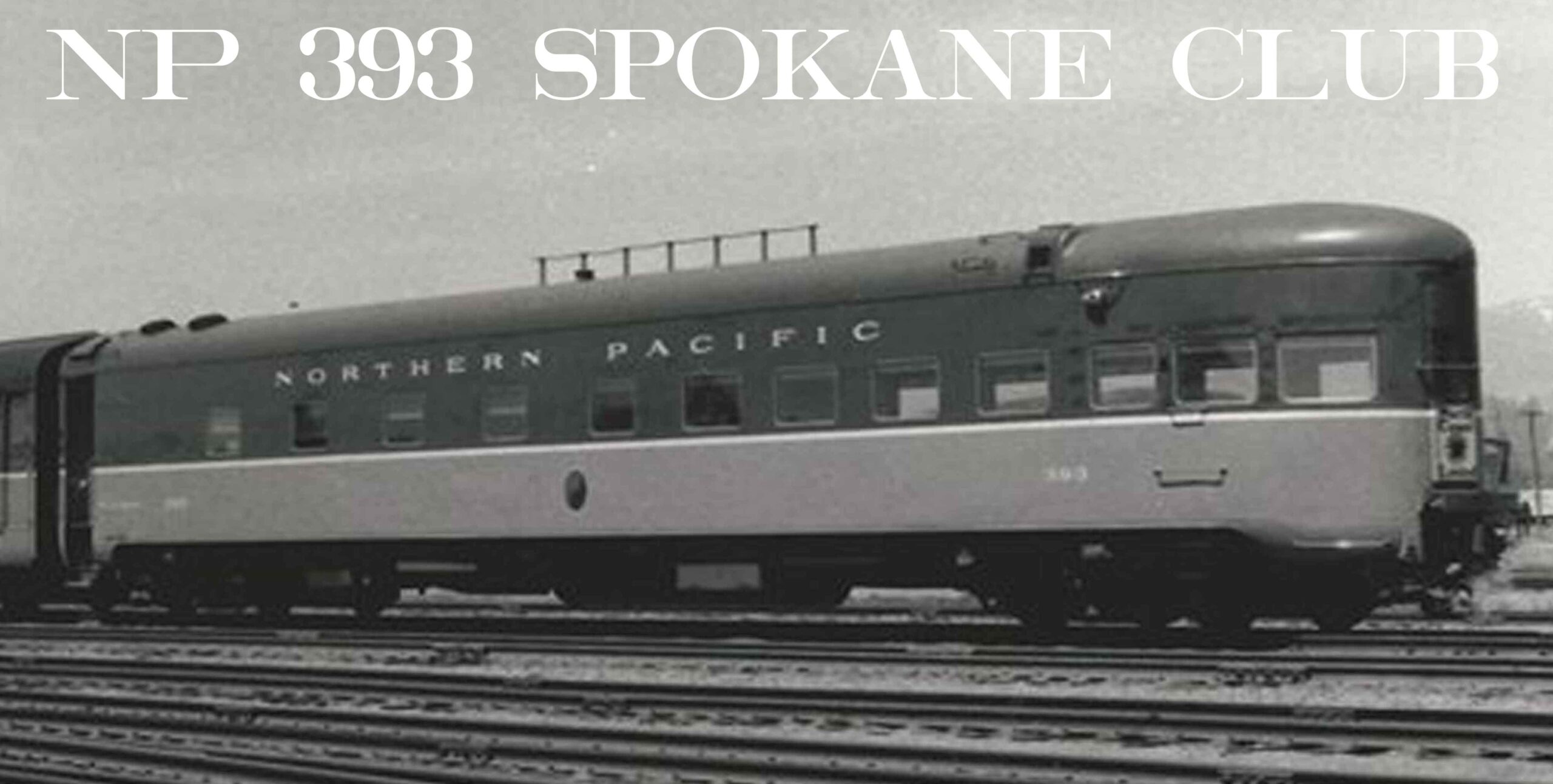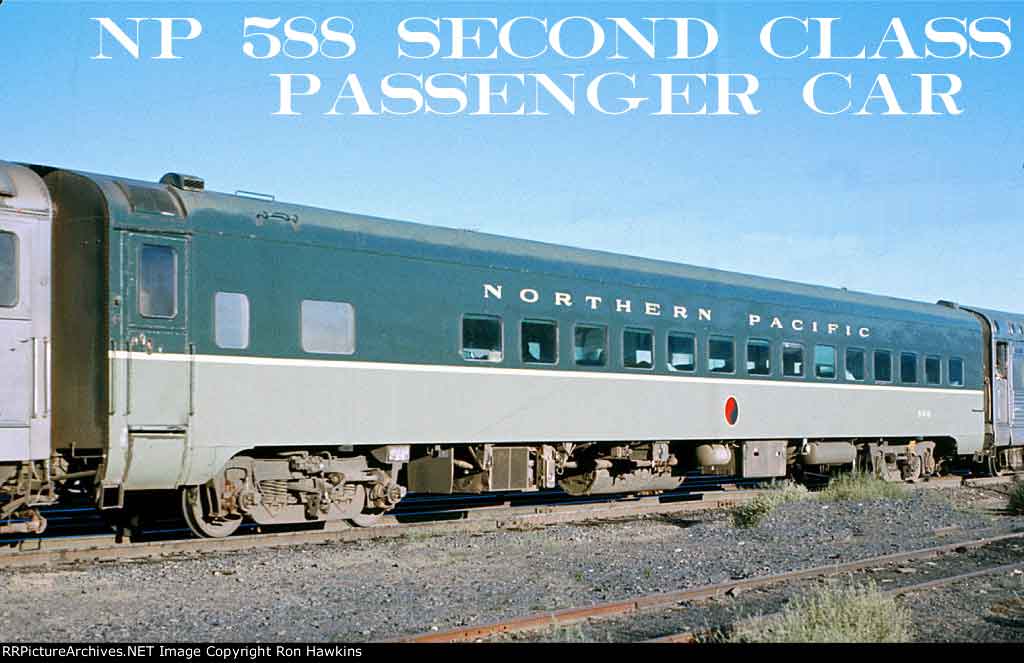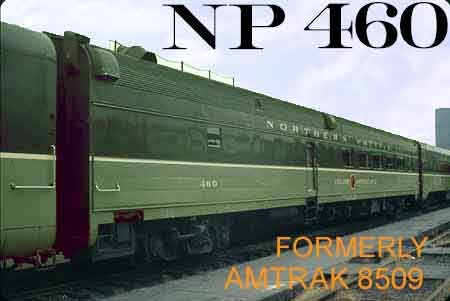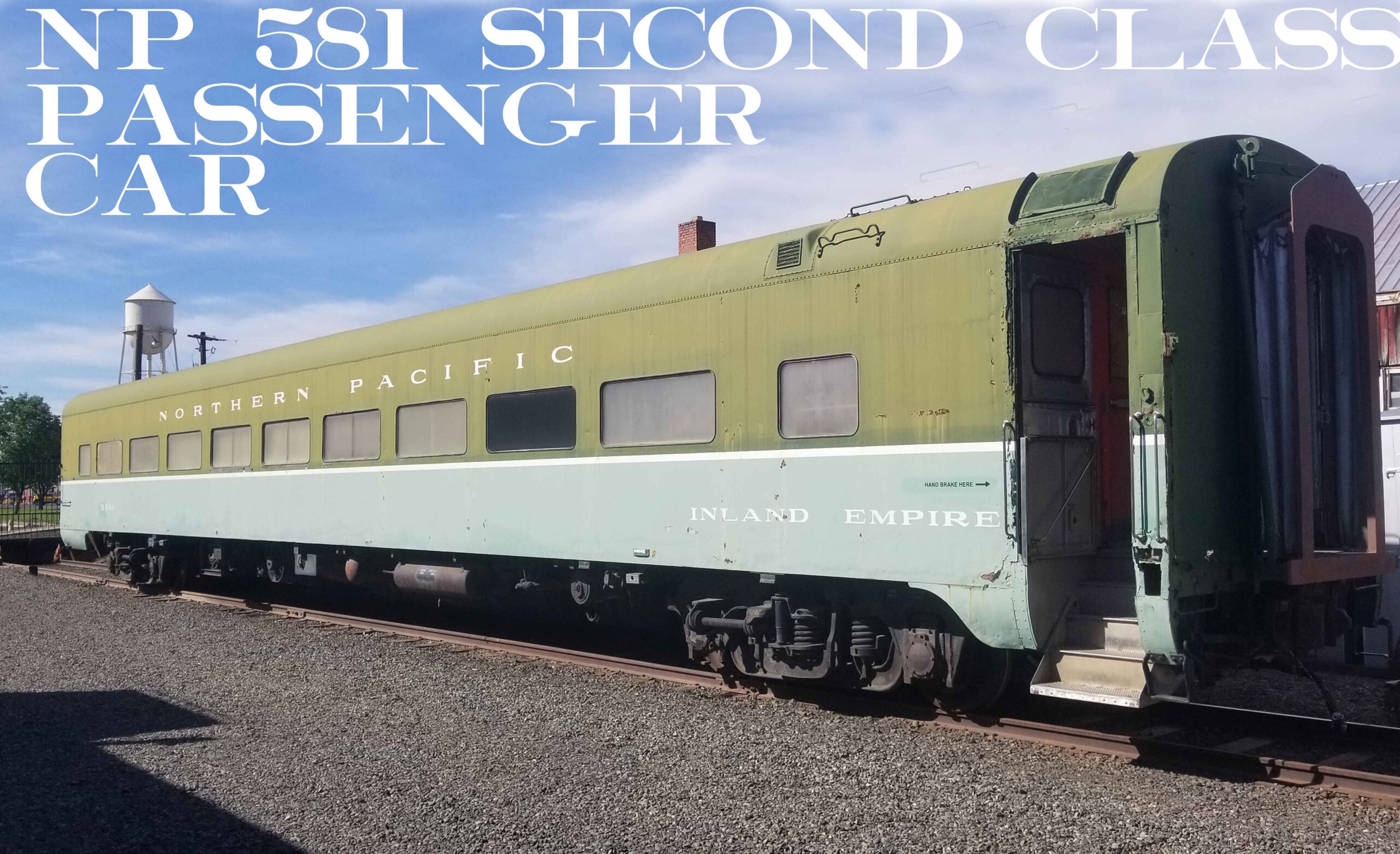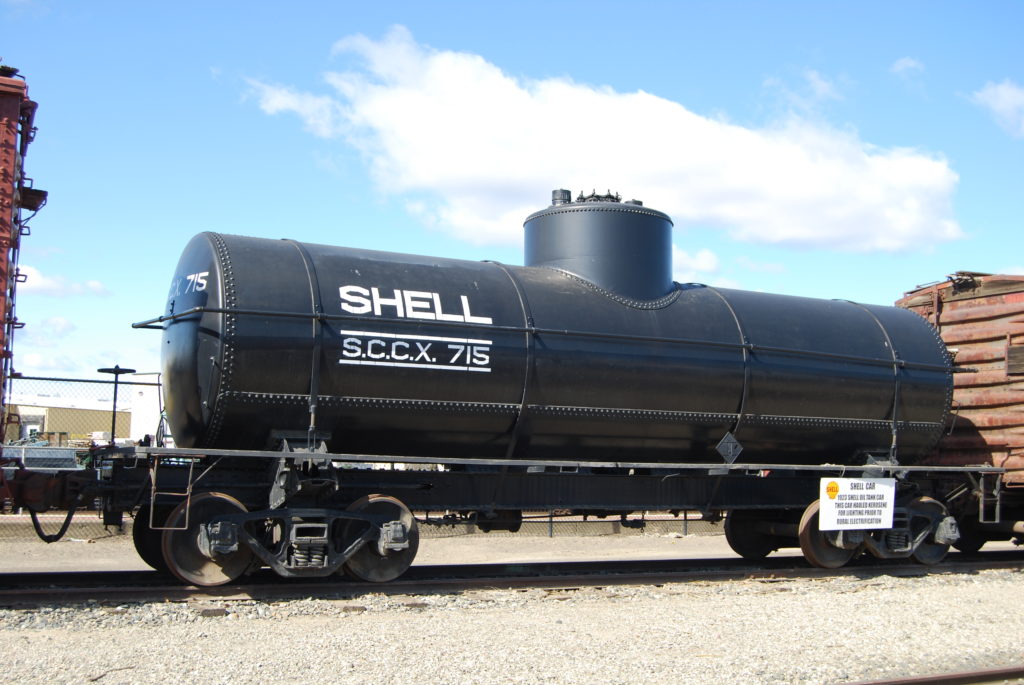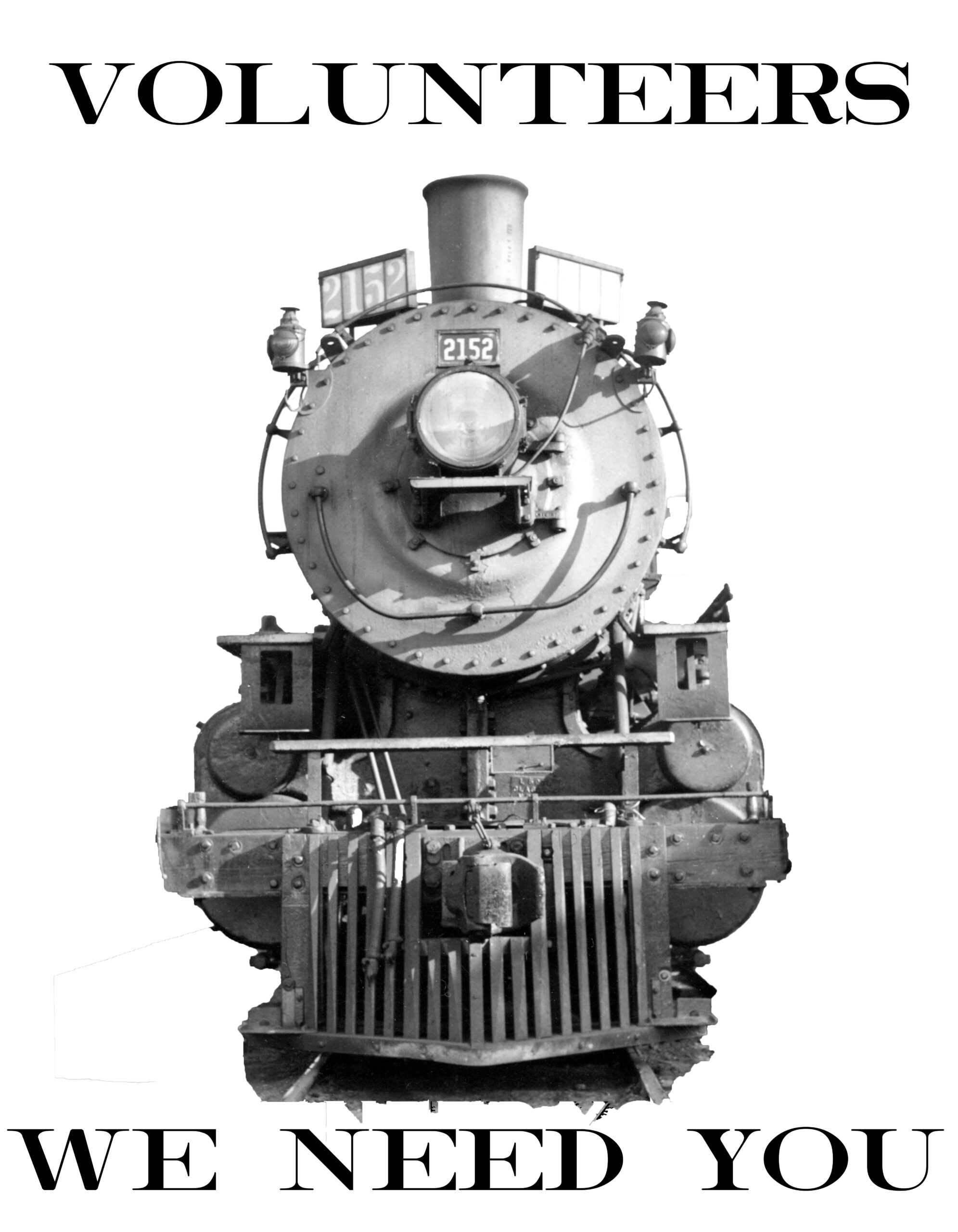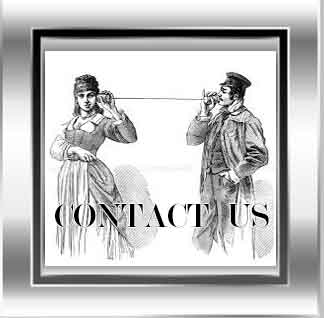
The term “rolling stock” is slang for the entire inventory of the railcars and can be divided into 5 catagories, locomotives, freight cars, passenger cars, caboose, and maintenance vehicles.
At the turn of the 19th century overland freight and passengers were transported in the same way that the ancient Egyptians had done. Yes the horse was still pulling around carts and carriages that had not changed since the ancient Romans. Then in 1802 the first railroad locomotive was built using steam engine. James Watt furthered the research and made an improved high pressure steam boiler for the purpose of railroads and boats. Watt is responsible for the term “horsepower”, which is the term for how heavy a cart can a single horse pull. So when a steam locomotive was rated with 20 horsepower, 20 horses could pull the same load. Now for the first time heavy loads could be hauled further and cheaper overland. What took 6 months to travel from St Louis now takes days. Passengers could travel long distances eventually in the same comfort of a 5 star motel on wheels. Manufactured goods from the east could be transported and sold in the west and in turn for lumber which was needed back east.
LOCOMOTIVES
PASSENGER CARS
FREIGHT CARS
Every car has a story of what it hauled
(Page Under Construction)


